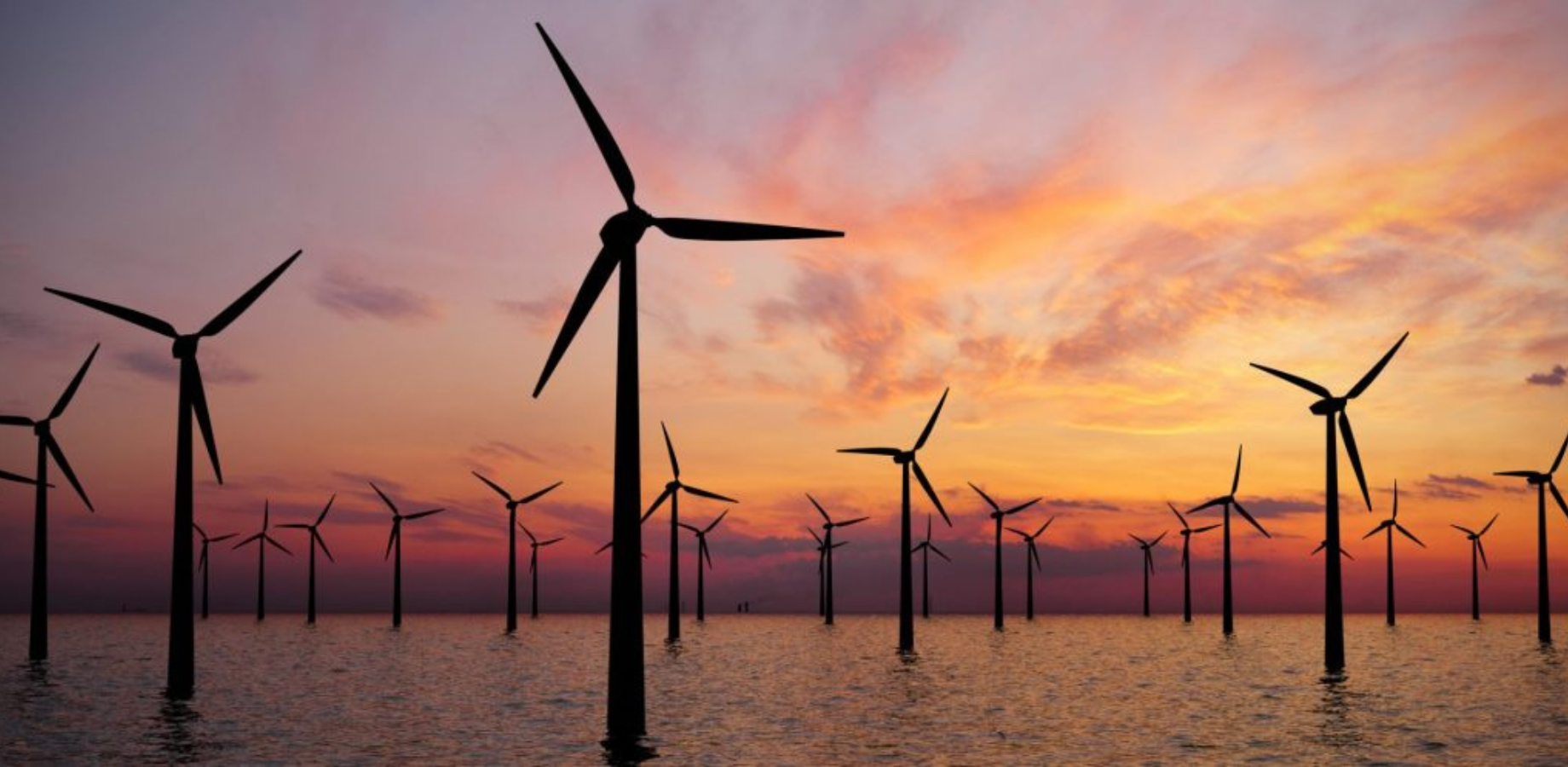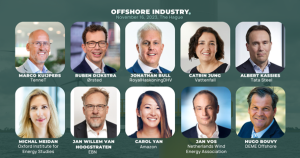The cost price of renewable electricity was supposed to go down over time as more turbines and solar panels were placed. Recently, however, the price for a kWh of offshore wind electricity has gone up rather than down. Not just consumers are noticing this. Large projects developing new wind farms off the coast of the UK and US have been paused or scrapped altogether. What is causing this price surge and market instability that is undermining our transition? Are new developments in other parts of Europe under threat as well?
Though no one knows exactly, here is a list of current and upcoming developments that have turned the offshore wind market on its head for businesses and politics:
- Government policies have neglected demand. Pushing the development of additional wind farms is crucial, but what has been forgotten is that even with production subsidies, a kWh of offshore wind electricity is still more expensive than a kWh from coal or gas plants. Without supporting additional demand, the wind companies’ business case falls apart if grey energy is still around, especially in the long term after 2030.
“Demand from governments for offshore wind is growing exponentially, and corporates too have a big appetite for green electrons. To unlock this potential there is a need for coordinated and collaborative effort to find integrated solutions to decarbonising complex industrial processes.”
Ruben Dijksta, Director Benelux, Ørsted
- Infrastructure is at its limits. The electric grid in Europe does not have the capacity to distribute the full production of renewable energy at peak hours, nor does it have the storage to deal with intermittency. The construction of new cables, substations, and docking points between the offshore and onshore grid, stands to cost billions of euros, adding to the discrepancy in price between wind and fossil.
“Succeeding in the targeted Offshore build out requires the right partnerships across suppliers, developers, governments and off takers. It also requires a fair risk allocation – the one that is best to handle a risk, is best suited to carry it.”
Catrin Jung, Director Offshore Wind Vattenfall
- New players are entering the market domestically. Not just operators and energy companies are interested in wind farms anymore. Large corporations, particularly energy-intensive industries and services are buying shares, PPAs, or whole wind farms to secure access to renewable electricity during their transition and decarbonize their products. Reducing carbon footprints is of course a good thing, but this trend is taking up the majority of produced wind power in some areas like Germany’s Baltic Sea windfarms. Taking away green electricity from the public grid makes the transition for smaller companies and normal citizens more expensive. On the other hand, industries located in ports or on coasts often build direct connections with the wind farms, circumventing grid issues. All in all, the debate about industry in Europe, and whether private access to renewable electricity can be politically or morally justified is still ongoing and can shape future policy.
“The steel industry and offshore wind go hand in hand. The energy generated at sea will provide the energy for green steel in the future, while a lot of steel is needed for the energy transition.”
Albert Kassies, Director New Energy, Tata Steel
- Europe is experiencing strong competition from China. What used to be a global market dominated by European powerhouses like Siemens and Vestas, is now seeing encroachment from Chinese firms offering surprisingly good quality and cheaper alternatives. China has become the largest installer of renewable energy production annually and has begun exporting its success abroad to Europe and the US. Cheaper windmills, components, or raw resources are a boon for Europe’s transition if they help bring down the cost price of green electricity. However, Europe’s wind industry feels this competition is unfair. Chinese turbine and solar panel manufacturers enjoy particularly cheap energy costs as China subsidizes their energy use and the development of more fossil fuel power plants. The introduction of CBAM, the EU’s carbon import tax supposed to equalize the playing field, is at the top of national and European government’s agendas, as well as most boardrooms’. In a time of de-risking and de-coupling economies, the offshore wind market is sure to change soon.
In short, the offshore wind markets in Europe are in turmoil and need a great deal of political and corporate will to see it through this downturn and complete the energy transition. It is important in times like these to learn from each other and communicate clearly between segments of the value chain, and with the government about what is needed.
Let’s meet up and discuss this further
On the 16th of November 2023, the offshore sectors are coming together to do exactly this. In KIVI’s headquarters in the Hague under moderation of Jan Vos, chair of the Dutch Wind Association (NWEA), experts and executives will go into detail about the market and demand development, Chinese competition, grid capacity issues, and the latest developments in technology.
Be part of the conversation and learn how your business will be affected by the changes outlined above. Come to Offshore Industry 2023: Wind edition, the executive-level conference about the Dutch, German, and Belgian offshore wind markets and related sectors! For tickets and more information, visit www.offshoreindustry.eu and secure your seat to what will be a historical get-together to discuss the future of offshore wind!

